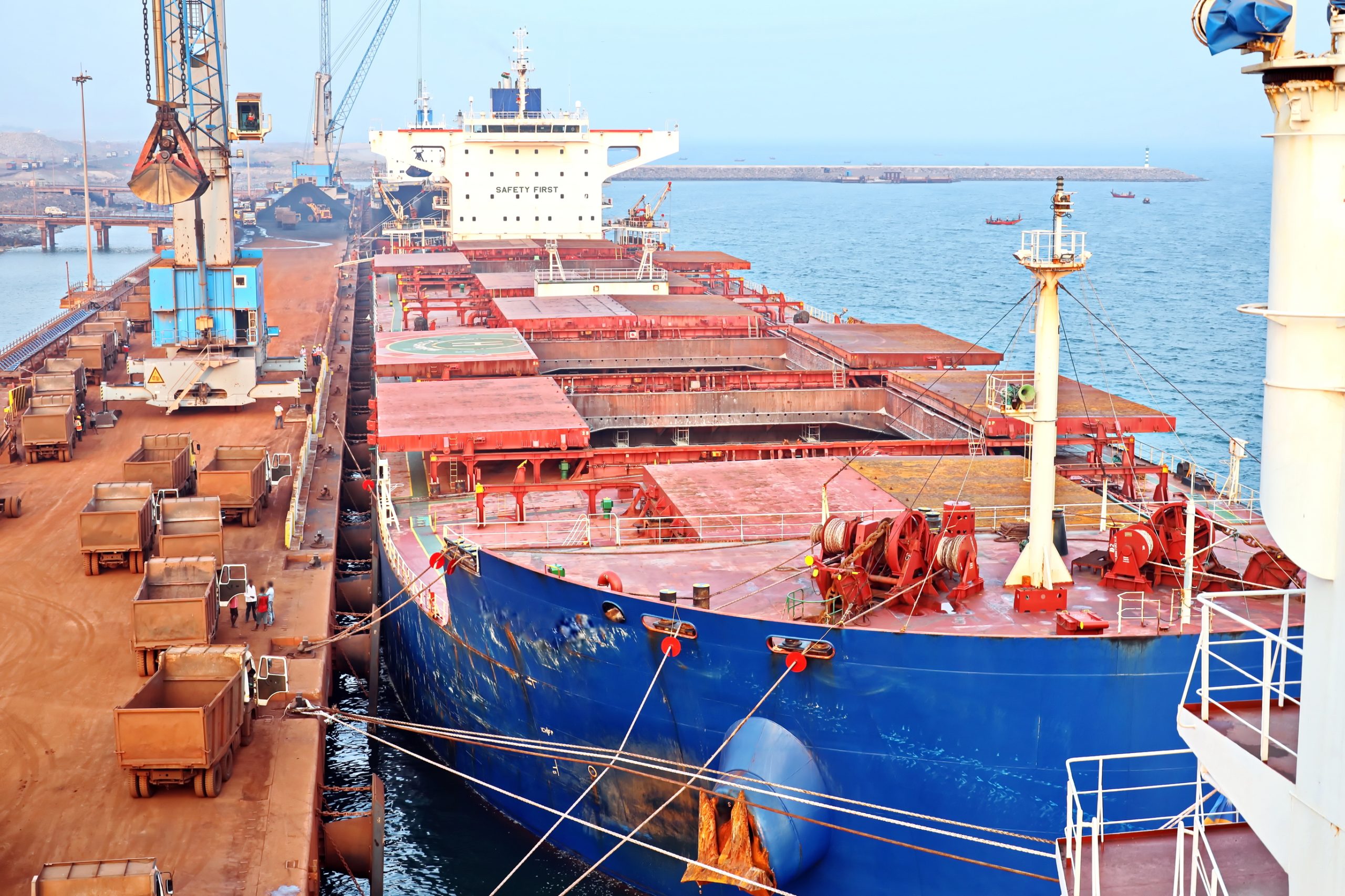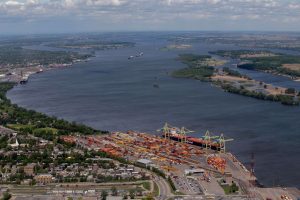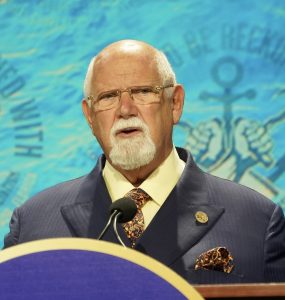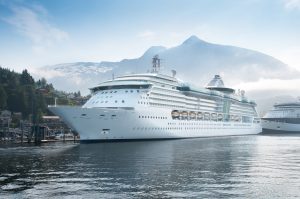Michael Grey*

P&I club Gard came up with some disturbing figures the other day, in a thought provoking note on mooring operations. Using statistics garnered from the International Group of P&I clubs, they report that between 2016 and 2021, there were 858 injuries and 31 fatalities which were attributable to mooring operations going badly wrong. The sheer numbers of human casualties ought to shock people into considering how this very routine business of tying a ship up, and letting her go again, remains so very hazardous.
You might suggest that it is all a matter of seamanship, and that the use of flexible lines with enormous weights is always going to be inherently dangerous, but surely in the 21st century we might be modernising the way we go about these tasks.
We have all been brought up to the importance of not standing in a bight of rope, staying well clear of the drum and elementary seamanship. But we still largely use unguarded machinery revolving at speed, and ropes and wires are under immense strain and can devastate those vulnerable people on the ship or quayside if they break.
We have diligently painted supposedly safe areas on the deck, but most sensible seafarers are very sceptical about their effectiveness in the case of broken ropes and wires flying about. And because mooring decks are not “revenue earning” parts of the ship, they tend to be squeezed and are often very badly designed by naval architects and shipyards who have only a rudimentary idea of the forces involved, and have more important things to think about.
It is not just the problems of mooring and unmooring which Gard is concerned with as they analyse their claims. Ships get blown off their berths for a variety of reasons, possibly because the mooring arrangements are inadequate or particularly vulnerable to wind and weather. There is a very spectacular video of a cruise ship being blown off its berth in a New Zealand port some time ago, drifting across the harbour and crunching up against another vessel, to their mutual discomfort.
There are ships, such as cruise vessels, vehicle carriers and big container ships, which offer so much windage, one wonders how on earth you can find enough bollards and moorings to keep them safe if it comes on to blow. There is interaction with other ships passing close and threatening mooring safety. And the climate change litany is being recited regularly by the resident fanatics to explain every incident when things do give way.
Then there are the moorings themselves, with ropes being made of astonishing strength and very different characteristics, but one might ask whether those using the moorings are fully conversant with exactly what the owners have bought. It is a very long time ago, but I remember a first experience with a synthetic mooring rope that the company thought it would try. It looked and felt just like our tried and trusted manila, but the only advice we were given is to “keep it out of the sun.” And then, in an alarming incident when a tug got into trouble in a lock, it ran around the bitts under pressure, shrank to half its diameter, the friction setting fire to the paintwork on the bitts. We should have run for our lives, had we known a bit more about its characteristics.
Lurking dangers
There is much more complexity today, even though there are SOLAS regulations about the need for regular close inspection of worn or damaged mooring ropes and the careful documentation of their age and usage. Are we all sure how you “rigorously inspect” each sort of rope, and what we are looking for, even though it is all written up in a ship’s Safety Management System? Ropes and modern cordage are arguably the business of specialists, not simple seafarers.
But the issue of injuries and deaths remain the most pressing matter. As if to underline this, the excellent MAIB Safety Digest’s latest issue reports no fewer than three incidents involving mooring operations. In one a barge hand was badly injured when a tension winch handle whipped around, in one a seafarer was dragged into a mooring winch and was badly injured, while there was one case one when questionable design led to somebody falling overboard when passing a heaving line.
While clever design has produced some ingenious ideas for the mooring of regular traders like ferries, there seems to be no real alternatives to the mooring question for “ordinary ships.” Perhaps more remotely controlled equipment, better designed mooring equipment and even robotics might eventually make a difference. Here’s hoping.
(Dreamstime photo showing ship mooring.)
*Michael Grey is former Editor of Lloyd’s List. This column is published with the kjnd permission of The Maritime Advocate.








